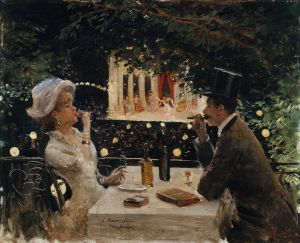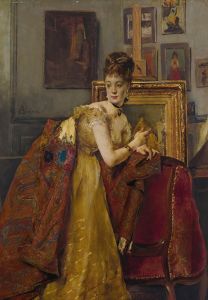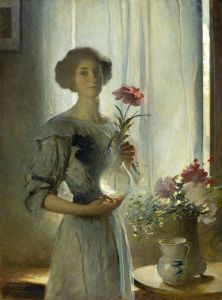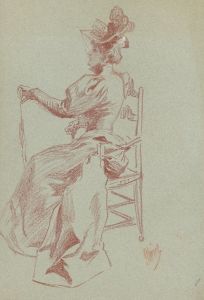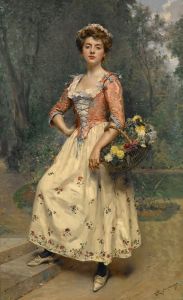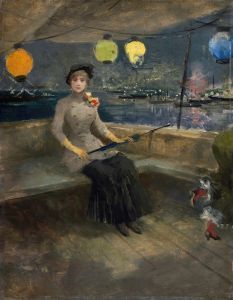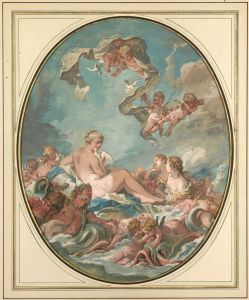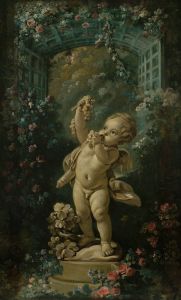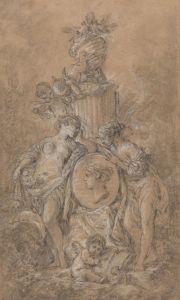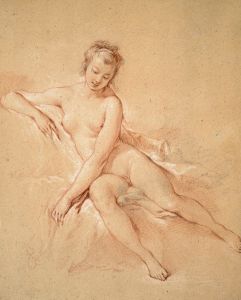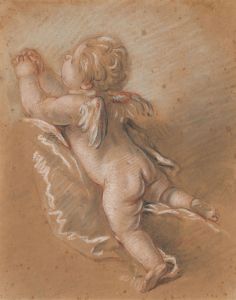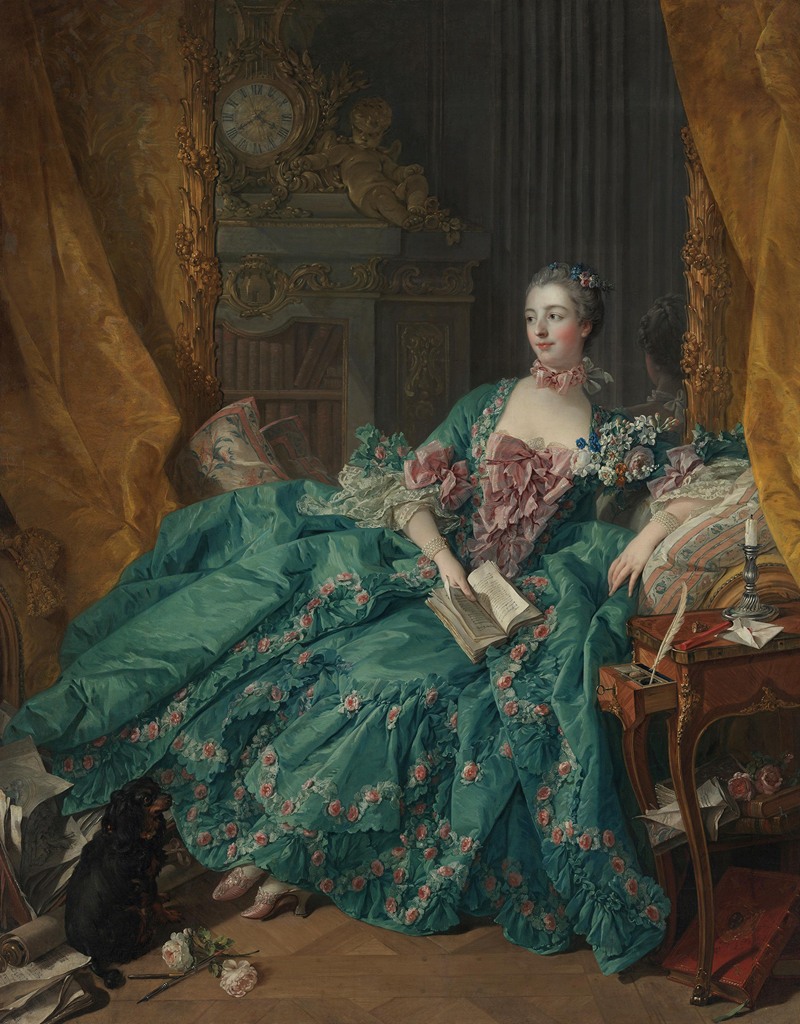
Madame de Pompadour
A hand-painted replica of François Boucher’s masterpiece Madame de Pompadour, meticulously crafted by professional artists to capture the true essence of the original. Each piece is created with museum-quality canvas and rare mineral pigments, carefully painted by experienced artists with delicate brushstrokes and rich, layered colors to perfectly recreate the texture of the original artwork. Unlike machine-printed reproductions, this hand-painted version brings the painting to life, infused with the artist’s emotions and skill in every stroke. Whether for personal collection or home decoration, it instantly elevates the artistic atmosphere of any space.
Madame de Pompadour by François Boucher is a celebrated portrait of Jeanne-Antoinette Poisson, better known as Madame de Pompadour, who was the official chief mistress of King Louis XV of France. François Boucher, a prominent French Rococo painter, created this work in 1756. The painting is widely regarded as a masterpiece of Rococo art, showcasing Boucher's skill in capturing both the elegance and personality of his subject.
In the portrait, Madame de Pompadour is depicted seated in a luxurious interior, surrounded by objects that reflect her intellect, refinement, and cultural influence. She is dressed in an elaborate gown, typical of the Rococo style, with intricate details and soft pastel colors. The setting includes books, a writing desk, and musical instruments, emphasizing her reputation as a patron of the arts and an educated woman. These elements highlight her role not only as a royal mistress but also as a significant cultural figure of her time.
Madame de Pompadour was a key supporter of the arts during her tenure at the French court, and her patronage extended to various fields, including painting, architecture, and decorative arts. François Boucher was one of her favored artists, and their collaboration resulted in several notable works. This particular portrait exemplifies the close relationship between artist and patron, as well as the broader cultural trends of mid-18th century France.
The painting is also notable for its technical excellence. Boucher's use of soft, flowing lines and delicate brushwork creates a sense of intimacy and grace. The attention to detail in the textures of fabric, furniture, and other objects adds to the overall richness of the composition. The work is a quintessential example of the Rococo aesthetic, characterized by its lightness, elegance, and decorative qualities.
Today, Madame de Pompadour by François Boucher is housed in the Alte Pinakothek museum in Munich, Germany. It remains an important piece for understanding both the artistic achievements of François Boucher and the cultural significance of Madame de Pompadour in 18th-century France. The painting continues to be admired for its beauty, historical context, and the insight it provides into the life of one of the most influential women of her era.





